The Curious Webspinner Insect Knits a Cozy Home
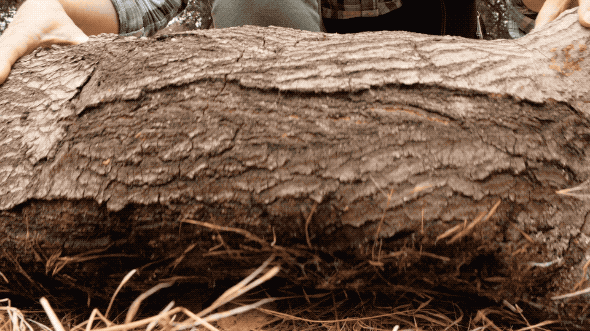
With the holidays just around the corner, it’s that time of year when you’re ready to burn off Thanksgiving turkey and Christmas cookie calories by heading outdoors for a hike. Maybe you’ve noticed what looks like spider webs woven between weeds along the trail, or poking out from under rocks or draped across logs.
But take a closer look – those webs might actually not be spider webs. A lot of them are silken habitats, known as galleries, created by insects called webspinners. While they’re usually underground or sequestered in burrows in fall and winter – you’re more likely to see the insects in early spring or summer – their silk is visible year-round in many parks and open spaces. They’re typically in areas that aren’t too wet or shady, nibbling on lichen, dead leaves and moss underneath their silken canopies.
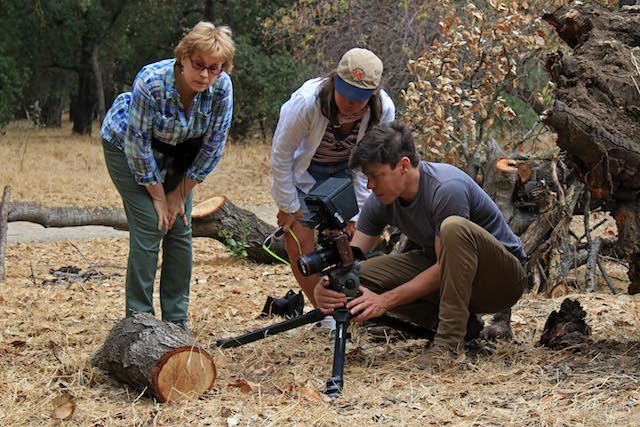
“There are places where I go hiking where I just know their habitat looks perfect. If I turn over a rock, bam! The silk is there,” said Janice Edgerly-Rooks, a professor of biology at Santa Clara University who has been studying webspinners for more than 30 years. “People don’t realize what it is. It’s these beautiful little bluish-tinted tubes.”
Webspinners, related to walking sticks and praying mantises, produce the finest silk in the animal kingdom. But unlike spiders, which produce silk from spinnerets on the tip of their abdomens, or caterpillars that produce it with salivary glands, webspinners have special silk ejectors on their front feet.
“Their feet are clothed with silk ejectors, so they look like the Lord of the Rings’ hobbits,” said Edgerly-Rooks. “When they step, hundreds of fibers come out.”
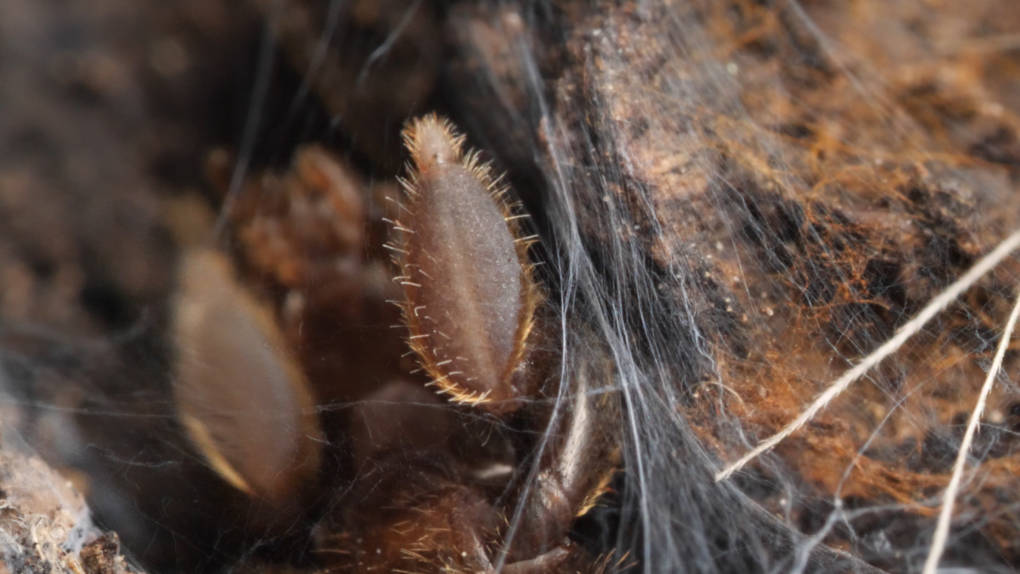
The extremely narrow silk threads are essential to the webspinners’ survival. The silk serves as the webspinners’ home, umbrella and invisibility cloak, all in one. Webspinners are susceptible to drowning in heavy rains, so the silk shields the insects from water with its amazing waterproof qualities.
“They can’t handle water. They’re just complete wimps when it comes to getting wet. But the water just slips off. It’s the most incredible thing,” Edgerly-Rooks said.
When water hits the silk, drops sit on top, like on the paint of a just-waxed car.
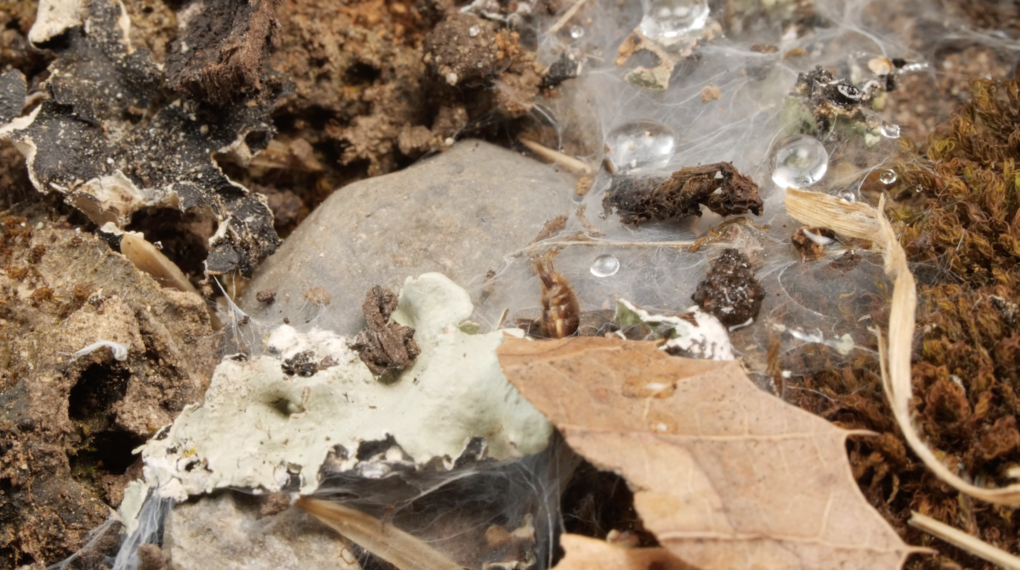
“The silk grabs the water,” she said. “It actually pins it onto the surface. We’ve been watching it with this incredible microscope we have at the lab. We watch the water droplets dry, and it took more than twice as long for a tiny, tiny drop of water to disappear completely. Twice as long as if you put the tiny drop just on the counter.”
And while we typically think of silk as a beautiful, luxurious fabric, for the webspinners, it’s their homemade armor that protects them from predators. Since they’re soft-bodied with no other means of defense, they disappear into their habitat while ants and other predators just walk on top, unaware of their prey safely hidden below.
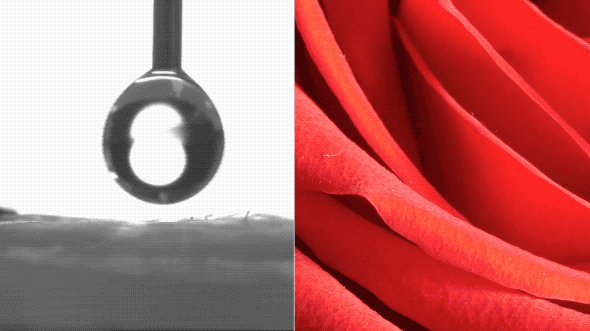
They can also run away, but they have to run backward.
“It’s so funny to watch them walk. They’re totally compromised by having silk come out of their front feet,” said Edgerly-Rooks. “So when they walk forward, they walk on tiptoes just to make sure they don’t engage their silk ejectors. And they do not run forwards.”
In addition to her teaching duties, Edgerly-Rooks continues to study and raise webspinners she has collected around the world. She’s even composed music inspired by these creatures’ movements.
And she advises that if you see them in the wild, be careful.
“They are very fragile insects, so it’s not wise to try to pick them up,” she said. “You can maybe gather some of the silk tubes carefully with them inside the silk. If you put them in a small container, you can get them to run around for you, although some also play dead and are really good at ‘disappearing’ even when we know they are right in front of us.”